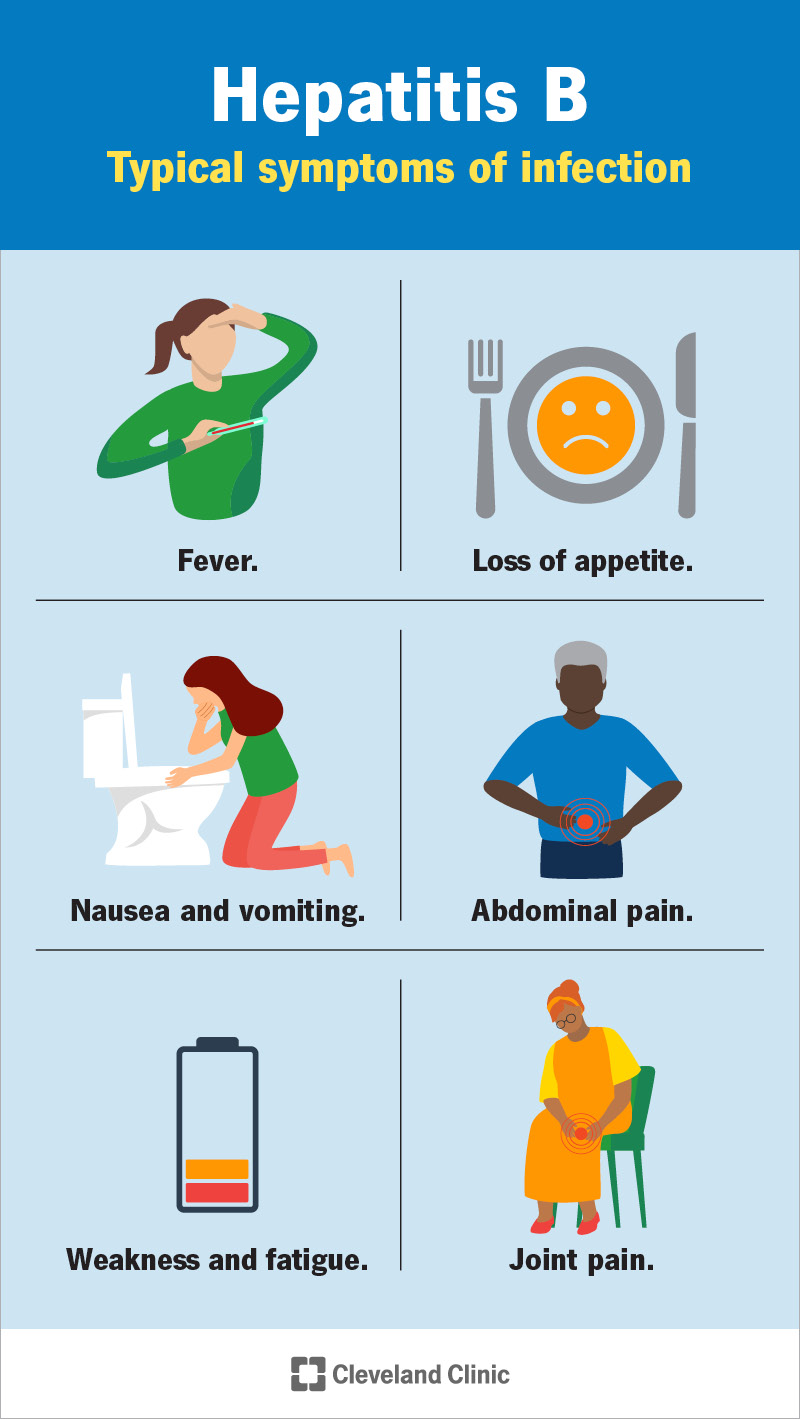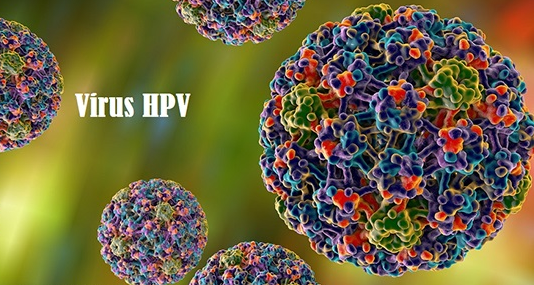Viral infections are among the most widespread health challenges, affecting people of all ages worldwide. These illnesses range from mild cases, like the common cold, to more severe conditions, such as influenza or hepatitis. Understanding how viruses spread, recognizing their symptoms, and adopting prevention strategies can protect you and your loved ones from serious complications.
This comprehensive guide breaks down the most common viral infections, their key characteristics, and actionable tips to reduce your risk and stay healthy year-round.
1. The Common Cold
The common cold is one of the most frequently occurring viral infections. It is caused by rhinoviruses and spreads through respiratory droplets when an infected person coughs or sneezes.
:max_bytes(150000):strip_icc()/cold-flu-overview-4014743-v1-f93d7d64c58d4393a0f6c2ce5a3fa1a2.png)
Symptoms: Runny nose, congestion, sneezing, mild fever, and sore throat.
Transmission: Close contact with an infected individual, touching contaminated surfaces, and not washing hands regularly.
Prevention: Regular handwashing with soap, avoiding close interaction with sick individuals, and disinfecting high-touch surfaces. Boosting your immune system with a balanced diet and sufficient sleep also reduces susceptibility.
2. Influenza (Flu)
Influenza is a highly contagious respiratory infection caused by influenza viruses, often leading to seasonal outbreaks.
Symptoms: High fever, chills, body aches, dry cough, fatigue, and headaches.
Transmission: Droplets expelled when coughing, sneezing, or talking. It can also spread by touching contaminated surfaces and then touching your face.
Prevention: Annual flu vaccinations provide protection against prevalent strains. Practice good hygiene and stay home if you feel unwell to limit community transmission.
3. Hepatitis
Hepatitis is a group of viral infections that primarily target the liver, with hepatitis A, B, and C being the most common types.

Symptoms: Jaundice (yellowing of the skin and eyes), abdominal pain, fatigue, dark urine, and nausea.
Transmission: Hepatitis A spreads through contaminated food and water, while B and C are transmitted via blood and bodily fluids.
Prevention: Vaccinations are available for hepatitis A and B. Practice safe sex, avoid sharing needles, and consume clean food and water to minimize risks.
4. Human Papillomavirus (HPV)

HPV is the most common sexually transmitted infection worldwide, with certain strains linked to cervical cancer and genital warts.
Symptoms: Most cases are asymptomatic, but some individuals develop warts or abnormal Pap smear results.
Transmission: Direct skin-to-skin contact during sexual activity.
Prevention: HPV vaccines protect against the most harmful strains. Regular screening for cervical abnormalities is essential for early detection and treatment. Using protection during sexual activity reduces transmission risks.
5. Herpes Simplex Virus (HSV)
The herpes simplex virus exists in two forms: HSV-1, responsible for cold sores, and HSV-2, which typically causes genital herpes.
Symptoms: Painful blisters around the mouth or genital area, itching, and flu-like symptoms during initial outbreaks.
Transmission: Direct contact with sores, saliva, or genital fluids of an infected person.
Prevention: Avoid sharing personal items like lip balm or razors, and use condoms during sexual activity. Antiviral medications can reduce outbreaks and lower transmission risks.
6. Chickenpox and Shingles

Both chickenpox and shingles are caused by the varicella-zoster virus, which remains dormant in the body after an initial infection.
Symptoms: Chickenpox presents as an itchy rash, fever, and fatigue, while shingles causes painful, localized rashes in older adults.
Transmission: Chickenpox spreads through respiratory droplets or contact with fluid from blisters. Shingles is not contagious, but its virus can cause chickenpox in unvaccinated individuals.
Prevention: The varicella vaccine prevents chickenpox, while the shingles vaccine is recommended for adults over 50.
7. Human Immunodeficiency Virus (HIV)
HIV is a chronic viral infection that attacks the immune system, leading to acquired immunodeficiency syndrome (AIDS) if untreated.
Symptoms: Initial flu-like illness, followed by asymptomatic periods, and later severe immune suppression.
Transmission: Blood, sexual contact, and from mother to child during childbirth or breastfeeding.
Prevention: Safe sex practices, regular testing, and pre-exposure prophylaxis (PrEP) for high-risk individuals are effective strategies.
8. Norovirus
Norovirus is a highly contagious virus that causes gastroenteritis, often referred to as the “stomach flu.”
Symptoms: Nausea, vomiting, diarrhea, stomach cramps, and low-grade fever.
Transmission: Contaminated food, water, or surfaces, and close contact with infected individuals.
Prevention: Wash hands thoroughly before meals, disinfect surfaces, and avoid food preparation if symptomatic. Staying hydrated is crucial during recovery.
9. Measles
Measles is a highly contagious viral illness that can lead to serious complications, especially in young children.
Symptoms: High fever, cough, runny nose, red eyes, and a distinctive red rash starting on the face.
Transmission: Airborne droplets from coughing or sneezing.
Prevention: Measles vaccinations are highly effective in preventing outbreaks. Ensuring community immunity through widespread vaccination programs is vital.
10. Respiratory Syncytial Virus (RSV)
RSV primarily affects young children and older adults, leading to respiratory infections like bronchiolitis or pneumonia.
Symptoms: Coughing, wheezing, runny nose, fever, and difficulty breathing in severe cases.
Transmission: Direct contact with respiratory secretions or contaminated objects.
Prevention: Practice frequent handwashing and keep infants away from crowded places during RSV seasons.
Stay Proactive in Protecting Your Health
Viral infections can impact anyone, but understanding their symptoms and adopting preventive measures can significantly reduce risks. Staying up to date with vaccinations, maintaining good hygiene, and seeking prompt medical care when needed are crucial steps in protecting yourself and your community.
Have you experienced any of these infections? What preventive strategies do you use to stay healthy? Share your insights in the comments below! Explore our website for more health tips, and subscribe to our newsletter to stay informed on ways to enhance your well-being. Let’s work together to combat viral illnesses!

Leave a Reply